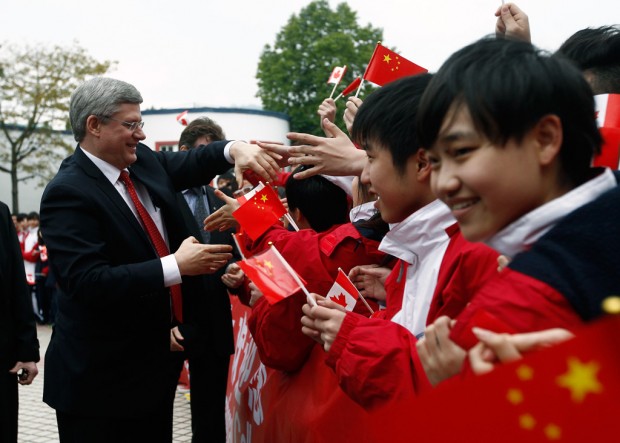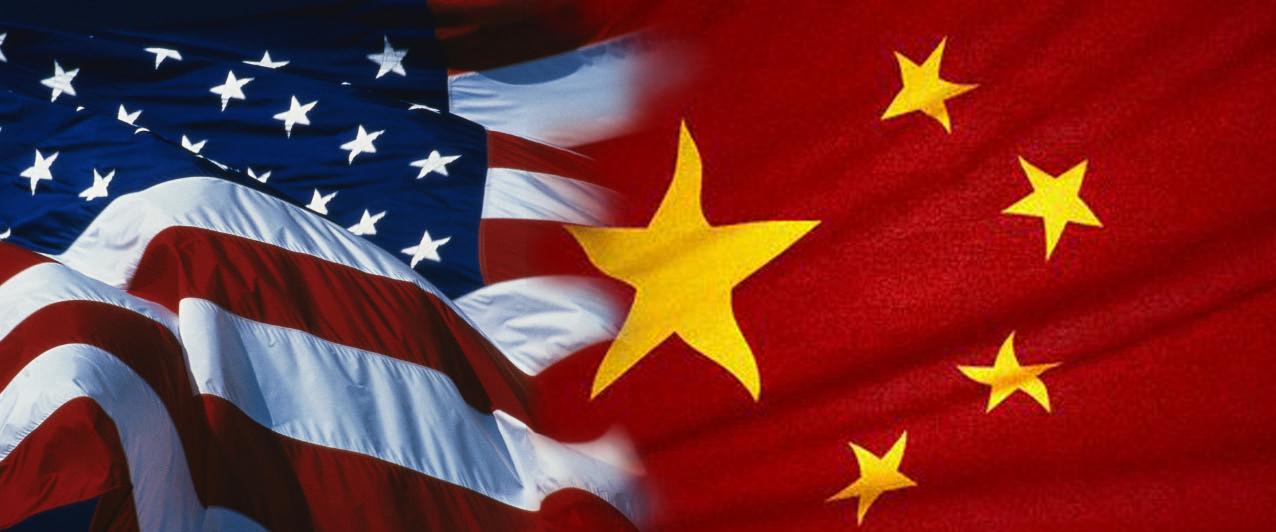The Regional Politics:
It is important to note that Burma sits between two aspiring superpowers India and China meaning it has some very complicated choices to make. Until recently China held up the Burmese communists and India threw its support behind the pro-democracy movement led by Aung San Suu Kyi.
1. The Chinese Connection:
- China is currently building a deep-sea port in Kyaukpyu, which is located on the route connecting south-western China’s Kunming city with Burma’s Sittwe, in Arakan. The port has a water depth of 20 metres and is capable of accommodating 4,000 TEU (20-foot equivalent units) container vessels. A feasibility study for the seaport and road construction, outlined as Kunming-Mandalay-Kyaukpyu-Sittwe, was made in 2005. Once the 1,943 km Kunming-Kyuakpu road is completed, it is expected to facilitate transit trade and provide job opportunities for Burmese workers and others in the region.
- China is also Burma’s most important defence ally, supplying most of its military hardware and training. In recent years, Beijing has put billions of dollars in military assistance into Burma – including fighter, ground-attack, and trans-port aircrafts, tanks and armored personnel carriers, naval vessels, and surface-to-air missiles. This has made the Burmese military the second largest in Southeast Asia after Vietnam.
2. The Indian Connection:
- India’s interests in Burma are undeniably vital. The country is encircled by hostile neighbours under military or autocratic rule. For years, India supported Aung San Suu Kyi’s democracy movement. Officially, India hosts about 70,000 Burmese refugees; unofficially, the number is twice that. Nearly 60% of the top Burmese dissidents are based in India, and they receive active and staunch support from most political parties of India.
- As a result of increased Chinese influence in Burma, as well as arms-trafficking occurring along the Indo-Burmese border, India has sought in recent years to strengthen its ties with Burma. India’s interest in Burma is largely motivated by the country’s importance to its main economic and political rival, China. Frankly, India is afraid of China’s influence in Burma. India’s interest in and involvement with Southeast Asia has been growing steadily over the past decade. New Delhi would like to use the country as a trade link to the fast-growing ASEAN region.
[captionpix align=”right” theme=”elegant” width=”320″ imgsrc=”http://voiceof.india.com/wp-content/uploads/2012/05/PM-in-Myanmar-600.jpg” captiontext=”Aung San Suu Kyi meeting with Prime Minister Manmohan Singh in India.”] - In 2004, an agreement was signed in Yangon by the foreign ministers of India, Burma, and Thailand, to develop transport linkages between the three countries. This included a 1,400 km highway connecting northeastern India with Mandalay and Yangon, and on to Bangkok, which would contribute to opening trade between the countries and then give India access to Burmese ports.
- India is also spending $100 million to fund a deal linking Burma’s Sittwe port with India’s Calcutta Port. A planned deep-sea port in Dawei, together with a new highway connecting it to Kanchanaburi in Thailand, would no doubt contribute further to commercial links.
- Dawei, the capital of the Tanintharyi division, is on the narrow coastal plain of southern Burma. Building the Dawei Port also serves a security purpose for the Indian Navy, which is now in the process of sorting out the technical and financial details of its Far Eastern Naval Command (FENC) project at Port Blair, the capital of the Andaman Islands. FENC is intended to extend the Indian navy’s nuclear and strategic combat.
Politics of Economy and Trade:
At one time Burma had no other choice than to be completely dependent on China. Today, it has other options. It can look to India, Japan, and the members of the Association of Southeast Asian Nations and has been diversifying its economic and defense partners. Moreover, it is said that members of the military junta, especially people such as Maung Aye, the second most powerful man in Burma, are keen to reduce the country’s dependence on China.
Another factor that has prompted the generals’ growing wariness of China’s influence in Burma is the serious influx of ethnic Chinese into the country. There are stretches of land in Burma that are completely populated by Mandarin-speaking ethnic Chinese and more than a million Chinese are said to have moved into Burma over the past decade. This increase is believed to have changed the demographic makeup of the country’s north. Burma people are said to be very unhappy with the influx of Chinese, a development that they blame on the junta’s embrace of the Chinese government.




